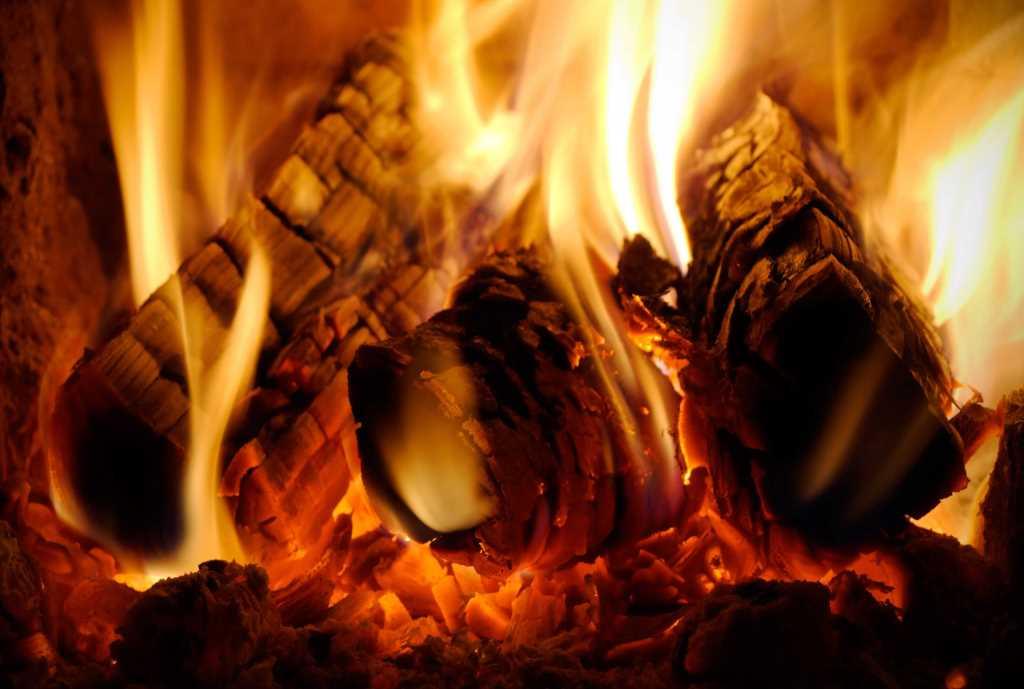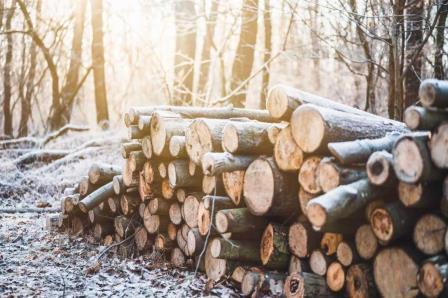
Wood Burning
Wood burning can only take place in a DEFRA approved stove in smoke controlled areas, these are usually in towns and cities.

Wood burning can only take place in a DEFRA approved stove in smoke controlled areas, these are usually in towns and cities.
Depending on the weather, the way you stack the wood and how it is covered, it can be ready in a little over 6 months. Use a moisture meter to ensure that the wood has less than 20% moisture before burning. Burning wet wood can cause creosote to build up in the chimney.
Seasoned wood should appear white inside, with cracks at the end and dry, brittle outside bark.

| Weight per M3 in kg | Gross heat value kW/kg (btu/lb) | % Moisture when green | Seasoning time in summers |
||
| Hardwoods (fully air dried) | Ash | 674 | 4.1 (6,350) | 35 | 1 |
| Beech | 690 | 4.3 (6,700) | 45 | 1-2 | |
| Birch | 662 | 4.1 (6,350) | 45 | 1 | |
| Elm | 540 | 3.6 (5,600) | 60 | 2-3 | |
| Oak | 770 | 4.5 (7,000) | 50 | 2-3 | |
| Poplar | 465 | 2.6 (4,100) | 65 | 1 | |
| Softwoods | Pine/Fir | 410 | 2.6 (4,100) | 60 | 1 |
Fresh felled wood weighs about one tonne per solid cubic metre, but will lose half of it’s weight when it becomes fully air dried, so find out for how long the wood has been seasoned before delivery or you could be getting less wood than you expect!
Softwood is easier to light but if you want to leave your fire for longer before re-fuelling, burn hardwood – it burns longer and hotter.